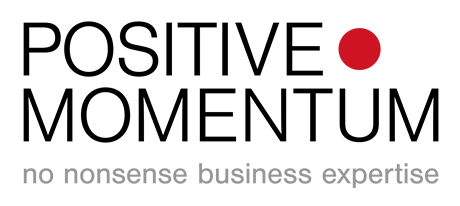Photo 35705816 © Paparazzofamily | Dreamstime.com
The European Super League lasted less than a week after a mass uprising of outrage from fans & politicians.
Such was the strength of reaction, that it begs the question why fans hadn’t been consulted before, and worse still, if they had, why those opinions had been ignored.
Either way it seems pretty clear there had been a total absence of proposition testing. (I’ll leave the rest of the football debate to football fans.)
So for anyone else looking to launch a new proposition, here are five easy ways to test it before you push the launch button:
Have a conversation!
It might sound daft, but the Super League example is a great illustration of what happens when you don’t have those conversations (or not listening to them when you did). Communicate! But not after the event, and ask rather than tell! OK, but how?
The subjunctive is a useful tool in language. “If a business were to launch a product like this, what would you think?”
Would you buy it? How much would you be willing to pay? Why wouldn’t you buy it? What might you think of a brand which did want to launch a product like this?
You might want to pull together a closed group of highly engaged customers with whom you share a bond of trust, a trust of intent. Trust, after all, is that most important currency. Future revenues come from trust.
When we launched ITVNews.com we spoke to audience members, executives and journalists – no idea was off limits, and yet no-one got bashed for having an idea which turned out to be a bad one.
We had a foundation of trust that all parties wanted our online project to be successful, and we understood what success meant to all of them too, crucially.
Social Media post
It’s a bit like 1., but on a particular platform. Social media is about having a dialogue with your user / customer / fan base, so why not use those platforms for what they’re intended?
People like to be asked for advice or to be involved in something. You don’t have to say explicitly even what your business is planning. But you can ask questions or invite discussions on topics which are thematically close to the project, and treat your customers like grown-ups.
You don’t even have to use your existing brand’s account. Set up a new account for a new brand which is aiming to do what you’d like to test, and see what the reaction is.
If it flies, you know there could be legs in your proposition, if not, thank everyone for their interest and shut the account down. You could argue there’s a deceit involved – it’s the same level of deceit as a mystery shopper test or a fire drill, I guess.
Run a simple survey
If you don’t want to engage a market research company to run a survey you can do it yourself, either with a tool like Survey Monkey or using polling tools within social media platforms.
You can spend a couple of quid, or bucks, with a paid post to recruit the audience you’re interested in targeting.
If you’re not an experienced market researcher, one thing to note is to be careful about how you word your questions. Keep them open, but keep your answer options unambiguous, and don’t lead your respondents to a particular answer. Beware of response bias [more on that in the link].
Paper pilot
If you can see people face to face, then a paper pilot is a great way to bring a proposition to life. That doesn’t mean you need to be an expert in origami to fashion your future product out of a sheet of meticulously folded A4. What you can do, though, is create a mock up of a digital touchpoint with which a customer might engage to buy or use your product.
Sit them down, put the sheet in front of them with an introduction along the lines of “imagine this is a site for a new product:”
“Talk me through the product it represents.”
“You just landed on the site, or a link to the site popped up in an email – talk me through what you’d do next.”
Watch AND listen. Yep, both – hard. Resist the temptation to jump in, offer an explanation, or to lead the conversation on, beyond these initial questions. After all, you wouldn’t be there if your respondent had landed on that site in real life! Watch for reactions too – our faces and body say a lot on their own.
It’s a tool I’ve used many times in the launch of websites, but it can be used to test a proposition via an abstraction of that proposition.
Build a one page site
When you’re a little further down the line with your investigations, and you’ve perhaps tested a few ideas already, you can put up a real site. Just a single front page would do, with a button to find out more.
At the most basic level, you can track the visits and time spent on the page. You could track the scrolling actions from each visit – how far do they get down the page? You can also easily measure how many times people have taken the action to find out more.
A site like this is a high level prototype of sorts, and it could be developed much further to include more functionality as you develop the idea, but it’s easy to start with a single page.








